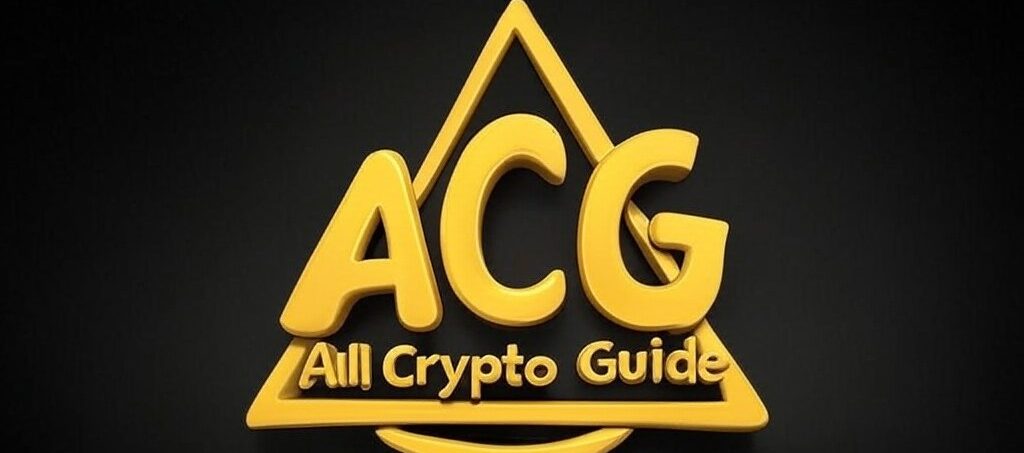If you’ve been scrolling through tech feeds lately, you’ve probably heard the buzz around Web3. It’s like the internet hitting its next evolution, promising more freedom, transparency, and user control—basically everything Gen Z has been craving since MySpace was a thing. But what exactly powers this futuristic version of the internet? In this post, we’ll break down the key technologies that make Web3 tick—namely Blockchain, Smart Contracts, and a few other innovations that might just blow your mind.

As we venture into these core concepts, remember that Web3 is fundamentally different from Web2. For a quick refresher on what makes Web3 so special (and how it stacks up against its predecessor), check out this introductory guide on Web3 and dive deeper into how Web3 differs from Web2.
Understanding Blockchain
What Is Blockchain?
In its simplest form, Blockchain is a digital ledger distributed across a network of computers. Instead of keeping a single record in one location (which is how traditional banking systems work), every transaction is recorded on every node in the network. This makes it nearly impossible to alter data after it’s written—kind of like etching something in stone, but a whole lot cooler and way more secure.
The best part? Decentralization. No single entity controls the data. This fosters transparency and trust, two things we can never have enough of in an era of privacy concerns and data breaches.
Benefits of Blockchain Technology
- Security: Data gets encrypted and distributed, making it much harder to hack.
- Transparency: All participants in the network can see transaction records.
- Immutability: Once data is verified and added, it’s there for good.
- Efficiency: Automating processes reduces reliance on middlemen.
Blockchain isn’t just for crypto nerds anymore. It’s the backbone of everything Web3 stands for.
The Power of Smart Contracts
How Smart Contracts Work
Smart Contracts are like automated agreements coded onto the blockchain. Think of them as unstoppable digital vending machines: if certain conditions are met, the contract executes on its own—no lawyers or intermediaries needed. This seamless automation makes transactions faster and generally more reliable.
For instance, imagine renting a Gen Z-themed event space. You send the deposit via a Smart Contract, and the moment it confirms your payment, the contract grants you access to the space. If something goes wrong, you get an immediate refund—no awkward phone calls, no “please hold” elevator music.
Real-World Applications
- Decentralized Finance (DeFi): Loans, insurance, and trading that operates without banks.
- NFT Marketplaces: Automatically transfer ownership of digital art and collectibles.
- Supply Chain Management: Track goods from origin to shelf.
- Gaming & Virtual Worlds: Enable unique in-game assets and reward systems.
Decentralized Applications (dApps)
Differentiating dApps from Traditional Apps
A decentralized application (dApp) runs on a blockchain network rather than a centralized server. Traditional apps rely on a single company’s infrastructure, whereas dApps leverage a global network of nodes. This decentralization means no single point of failure and less risk of censorship.
Popular dApp Use Cases
- Social Platforms: User-owned social networks that resist censorship.
- Crowdfunding: Transparent fund allocation and automated payouts.
- Peer-to-Peer Marketplaces: Directly connect buyers and sellers, cutting out the middleman fees.
Other Web3 Enablers
Decentralized Storage
Platforms like IPFS (InterPlanetary File System) offer distributed file storage, ensuring data can’t be easily altered or deleted. This is a game-changer for content creators tired of the fear that a single platform might delete their work overnight.
Cryptocurrencies & Digital Assets
You can’t talk Web3 without mentioning cryptocurrencies and digital assets. Think of them as the money (or tokens) fueling the decentralized economy. They incentivize users to maintain and support the network, while also enabling financial transactions without banks.
Oracles & Data Feeds
Oracles connect blockchains with external data sources. Let’s say your Smart Contract needs weather data to insure farmers against drought. An oracle provides that data, bridging the gap between on-chain code and off-chain reality.
Challenges & Future Outlook
Scalability & Adoption
While the potential is massive, there are scalability issues—blockchain networks can get congested, which can lead to slower transaction speeds and higher fees. Solutions like Layer 2 protocols are tackling these headaches, but mainstream adoption might still require more efficient tech.
Regulatory Considerations
Governments are still figuring out how to classify and regulate cryptocurrencies, tokens, and everything else Web3. While some regulation could boost consumer confidence, too much might hamper innovation. Striking that balance will define how fast Web3 evolves.
Conclusion
Web3 isn’t just a trend or a buzzword; it’s a paradigm shift that puts power back in the hands of users. By combining Blockchain, Smart Contracts, decentralized storage, and more, Web3 is weaving together a future where you have greater control over your data, your transactions, and even your digital identity.
Curious to dive deeper? Don’t forget to explore this Beginner’s Guide to Web3 and check out how it contrasts with Web2. If you want to be part of the internet revolution, it’s time to level up your understanding, get hands-on with these technologies, and help shape the decentralized future we’ve all been waiting for.
Time to buckle up—because the next stop on this digital journey is nothing short of revolutionary. Get ready to experience the internet you’ve always dreamed of: secure, transparent, and yours to control. Let’s make it happen!




